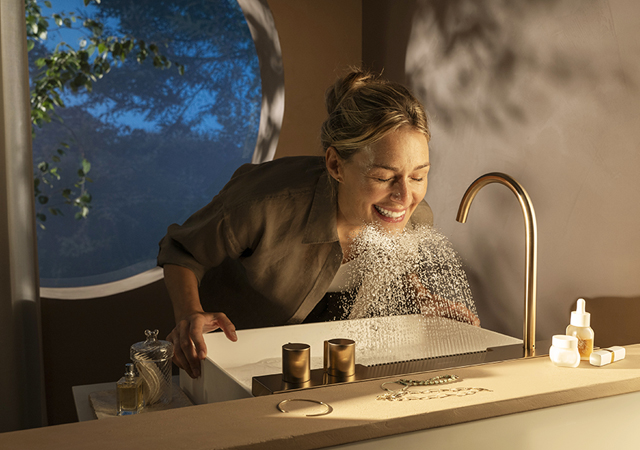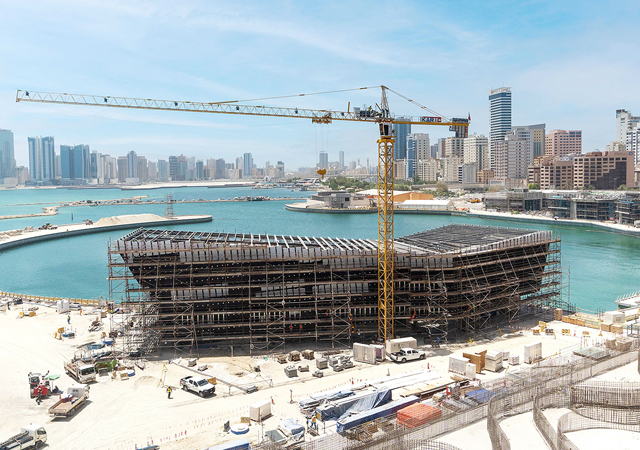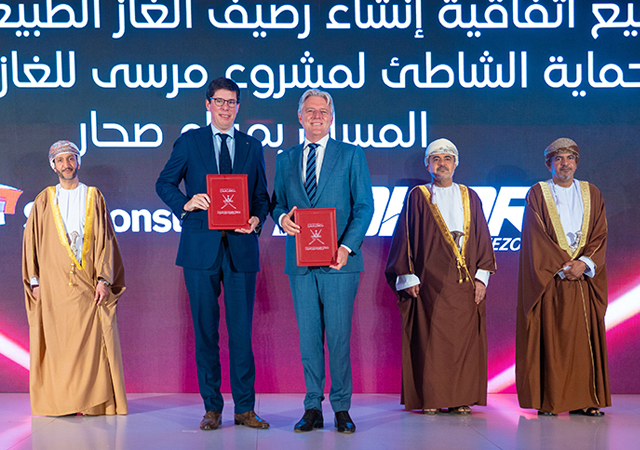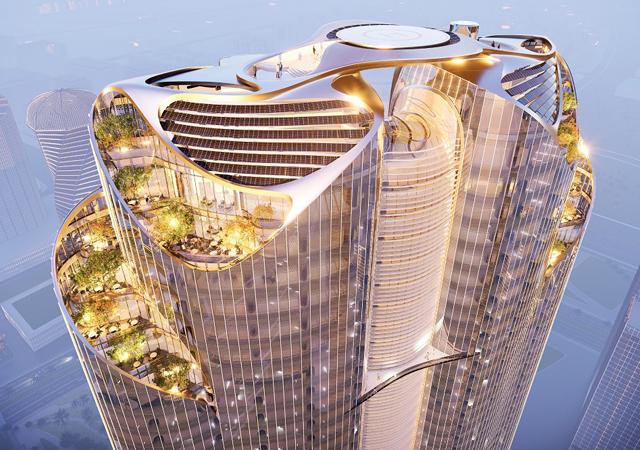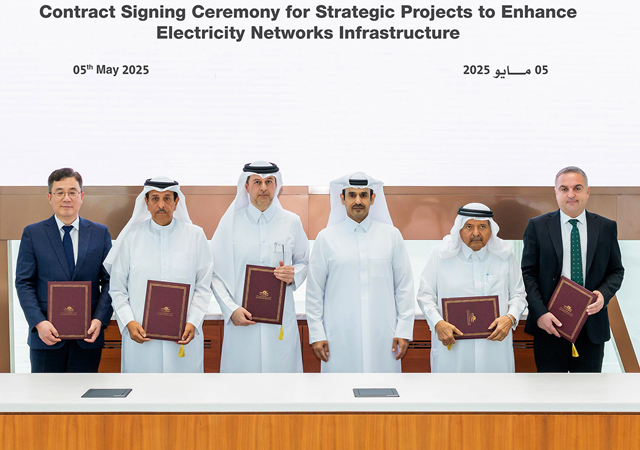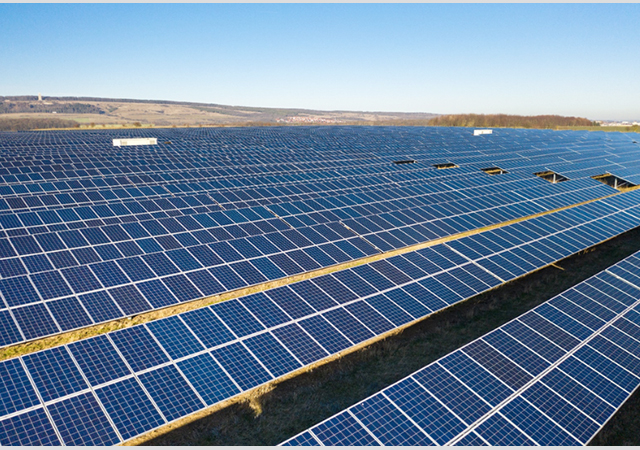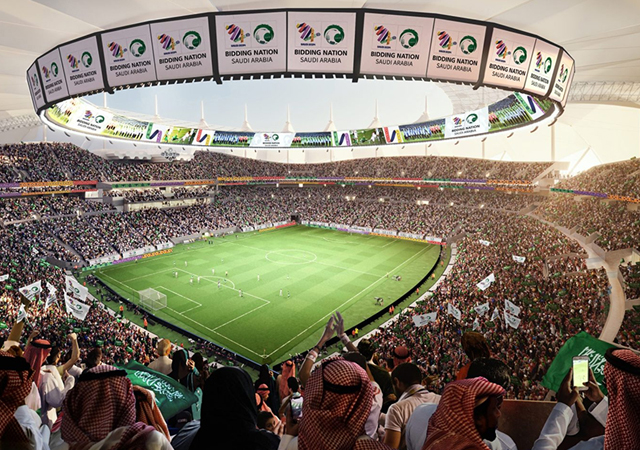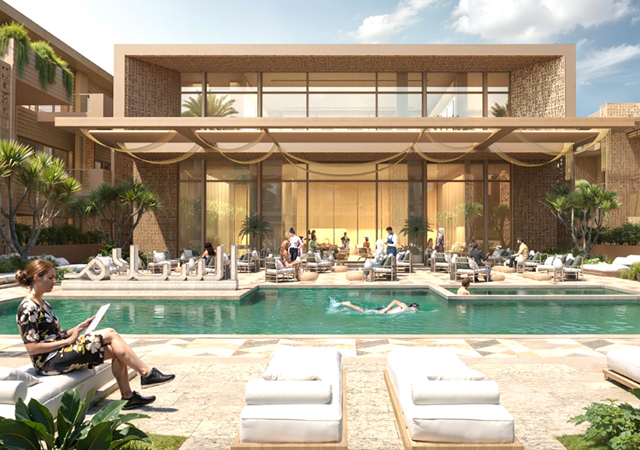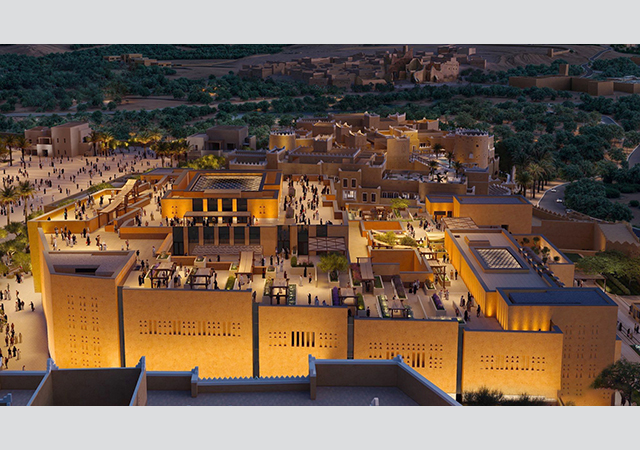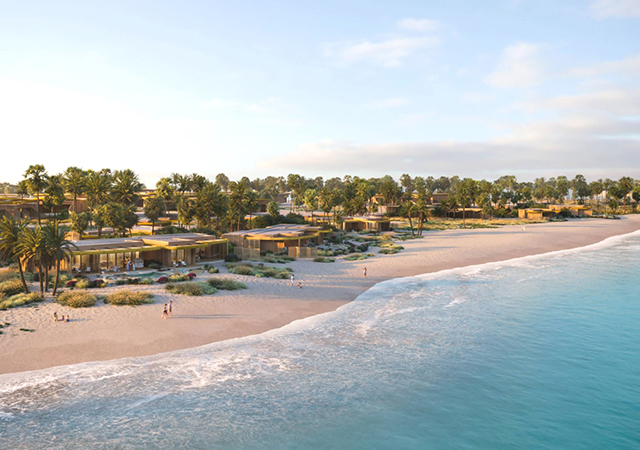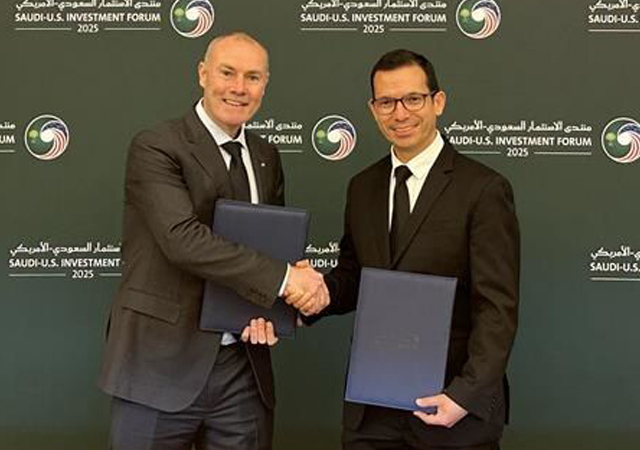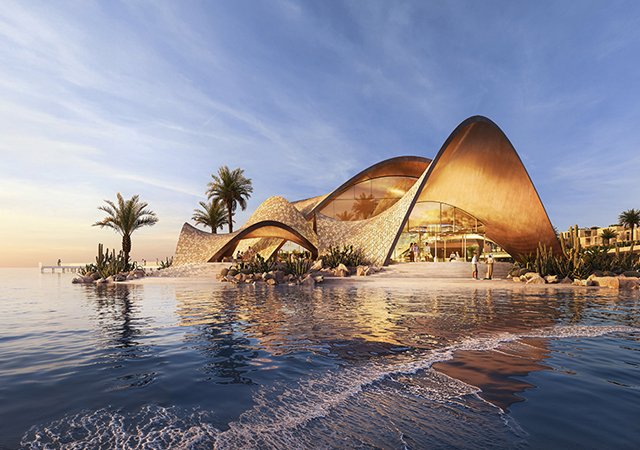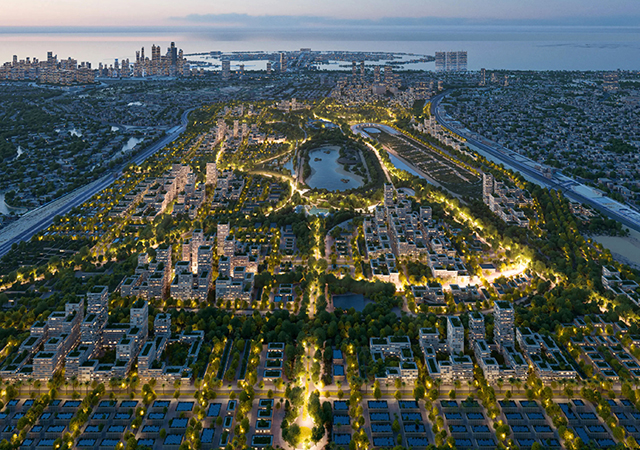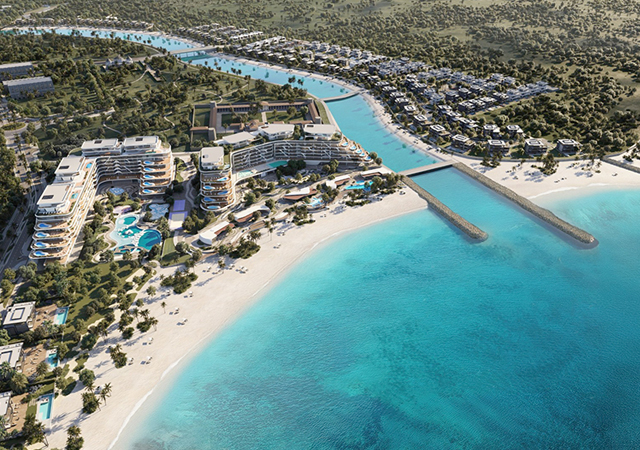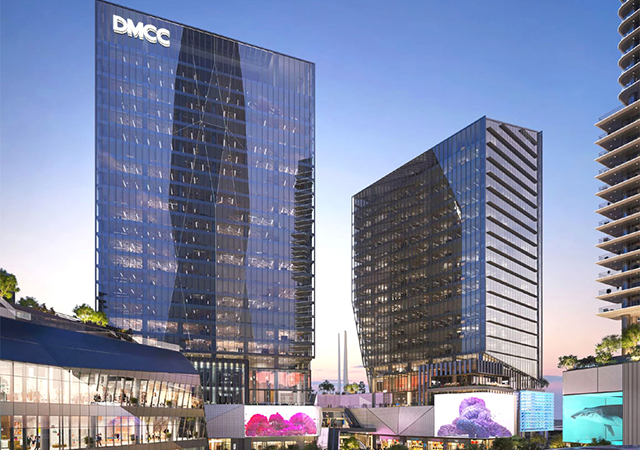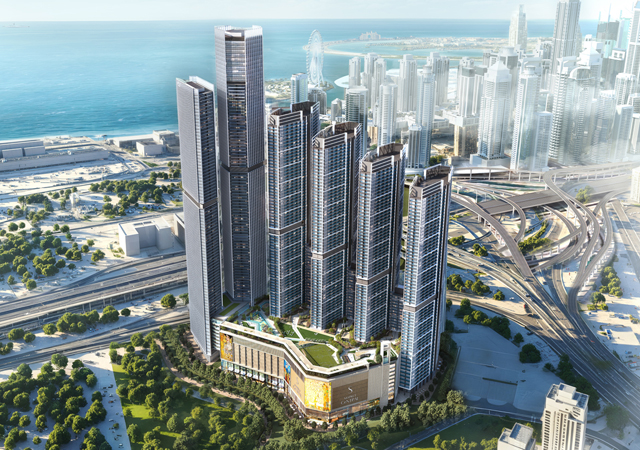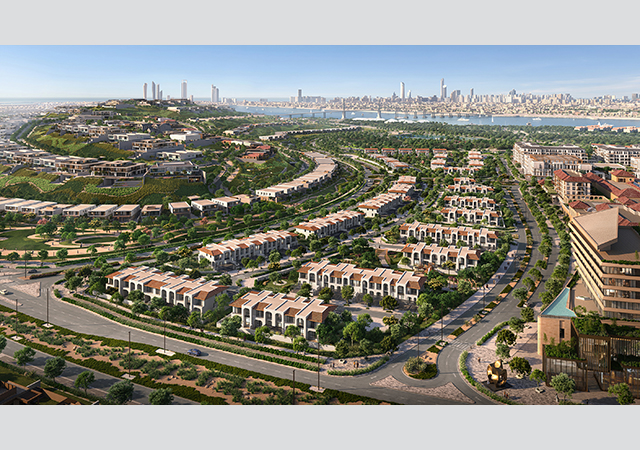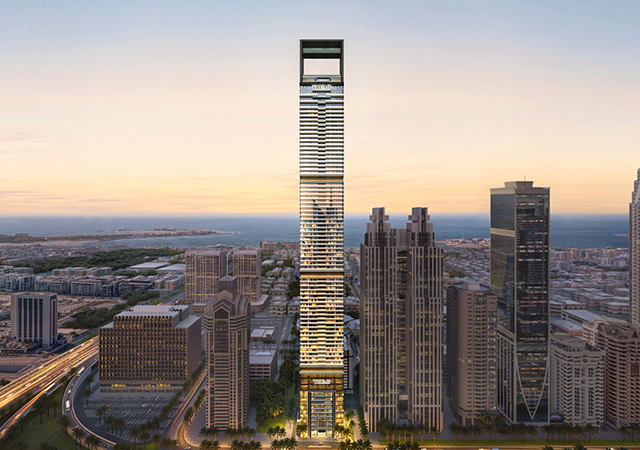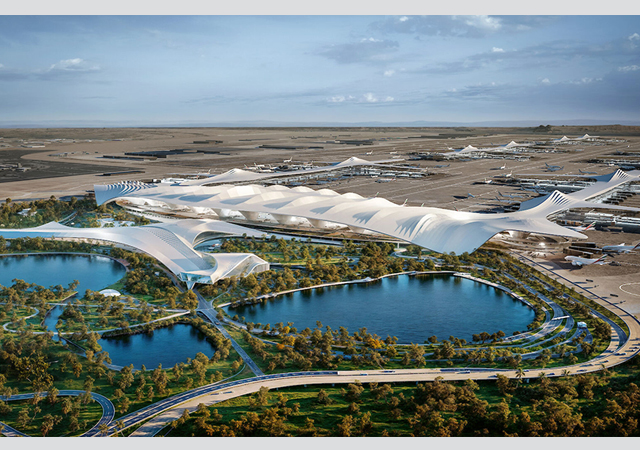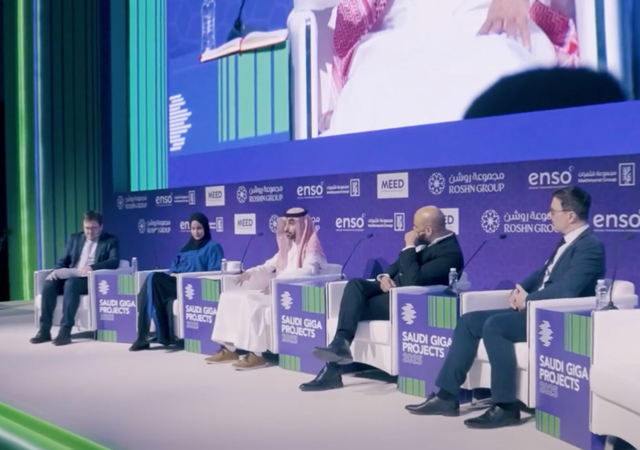

The Madinat Jumeirah boasts a number of outstanding features, the more striking among which is the unique system of artificial waterways ferrying the guests from one unit to the other.
Dubai-based Trans Gulf Electro-mechanical (TGEM) has infused life into the waterways and the lagoon within the project, by installing a special seawater intake structure.
The intake structure houses five stainless steel seawater intake pumps capable of delivering 20,780 cu m of water per hour. A series of water mover pumps are installed to make the waterways navigable and to prevent the stagnation of water. Once completed, boats and abras will ferry around the myriad of waterways to recreate the days of traditional transport.
TGEM, which has been awarded the mechanical, electrical and plumbing (MEP) contracts for all the three phases of the project, has completed work on phase I. According to a spokesman of TGEM, the second and third phases of the project are scheduled for completion in March 2004 and August 2004, respectively.
TGEM was also responsible for the HVAC (heating, ventilation, and air conditioning) works at the resort.
The air-conditioning system is one of the biggest individual plants in the UAE, which can be compared to any major district cooling system project in the UAE, in terms of size and piping distribution, claims the spokesman.
The chilled water for the air-conditioning is distributed to all the buildings within the Madinat Jumeirah Resort Complex using pre-insulated chilled water piping system, buried underground. The central chilled water plant with a capacity of 11,140 tonnes of refrigeration (TR) is housed within the utilities building. Water-cooled centrifugal chillers and associated equipment such as primary and secondary chilled-water pumps, condenser water pumps, cooling towers, water treatment system and motor control centres are also installed within the utilities building.
The chilled water received from the central utilities building is circulated throughout the Mina Al Salaam Hotel by means of tertiary chilled water pumps. Fan coil units for individual rooms and air handling units for the public areas provide air conditioning and air distribution in the hotel building. Ventilation is provided by means of extract fans.
Domestic water for the project is fed by Dubai Electricity and Water Authority (Dewa). The resort has a storage capacity of 2,000 cu m and the water is distributed by means of a piping network comprising of copper, saladillo Hydro-3 (Isostatic polypropylene homopolymer), GI (galvanised steel) and high-pressure PVC (polyvinyl chloride) pipes depending on the nature of the service.
'Booster pump packages are used to maintain the required pressure within the piping network. Raw water, pre-cooled water, soft water and hot water are supplied wherever required depending on the specific requirement,' the spokesman says.
Electrically-operated storage calorifiers are used for generating and distributing hot water within the building. The hot water storage capacity is around 80,000 litres.
The drainage system has been designed using a single-stack HDPE (high density polyethylene) piping network with aerators. The building drainage, which is connected to the municipality sewerage system, is a combination of gravity flow and pumped discharge, for below-ground areas.
The fire-fighting system comprises of sprinkler fire protection and the wet riser system including hose reels and landing valves. The piping network for the system is made of GI (galvanised steel) pipes connected to more than 5,000 sprinklers and other accessories. FM200 fire suppression systems have been used to protect electrical switchgear rooms and computer rooms.
Electrical power for phase-I is fed from two substations, one each for the utilities building and the Mina Al Salaam Hotel building. The installed capacity for phase I is 22.5 MVA, using 15, 1.5 MVA transformers. Electrical power is distributed through busbars and cables. A stand-by generator provides emergency backup and UPS systems have been used to provide uninterrupted power supply to important equipment.
The building is illuminated using 15,000 light fittings, which includes an assortment of strip lights, cold cathode lighting (10,000 m) and chandeliers. The lighting system is connected to the building management system (BMS). Emergency lighting has been provided using central battery emergency lighting systems.
TGEM has also installed containment system for low current systems such as the BMS, structured cabling system, public address system, fire alarm system, CCTV (closed circuit television) security system, and the access control system for the project in coordination with the specialist nominated sub-contractors.
'Trans Gulf Electro-Mechanical gratefully acknowledges the co-operation of the client's representatives, the development manager and project manager Mirage Mille, the consultants RPW, CKR and Africon and thank them for enabling the timely completion of the MEP services installation to the entire satisfaction of all the concerned parties,' says the spokesman.
Established in 1972, Trans Gulf Electro-Mechanical is a leading electro-mechanical contracting company in Dubai and is part of Saeed and Mohammed Al Naboodah Group. In the 30 years of its existence, TGEM, which has a staff strength in excess of 1,600, has completed MEP package works for more than 400 projects comprising commercial and residential high-rise buildings, five-star hotels/resorts, shopping complexes, mosques, luxury villa complexes, industrial facilities and heavy infrastructure works such as airfield lighting system, MV (medium voltage) substations, storm water and drainage pump stations, electric power supply distribution and street lighting for airports, tunnels, roads, bridges and housing complexes.


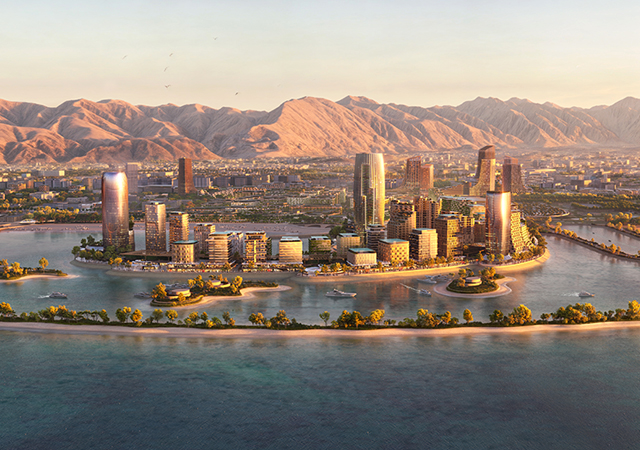
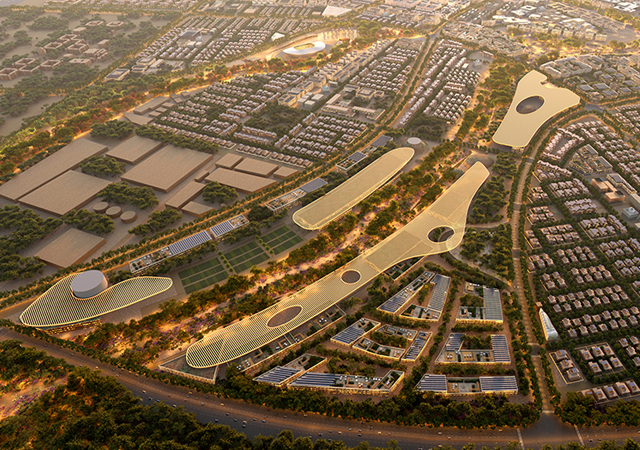
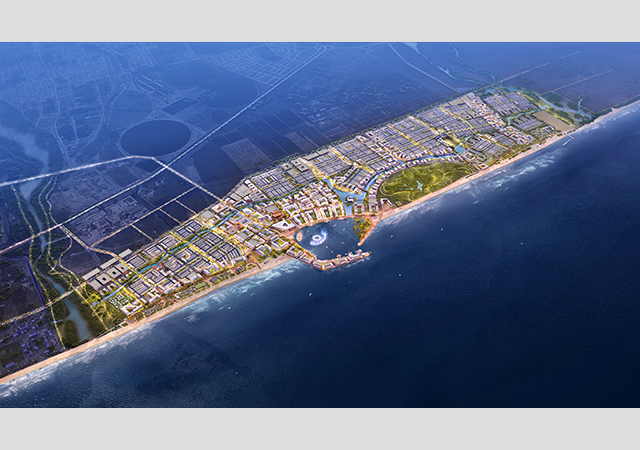
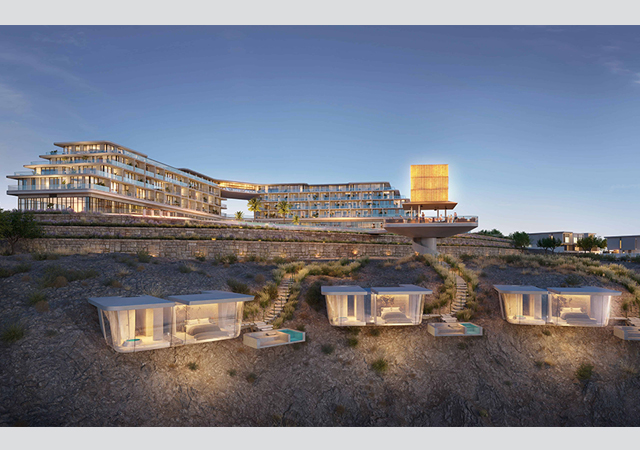
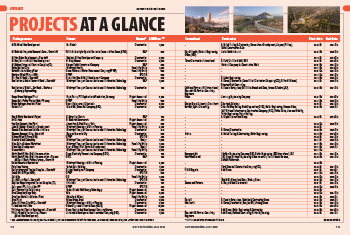
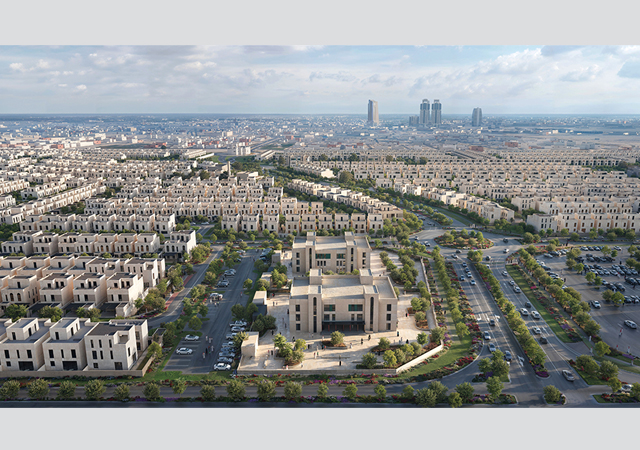
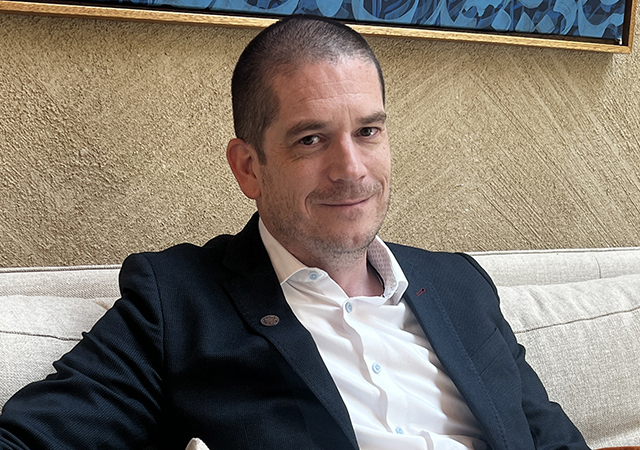

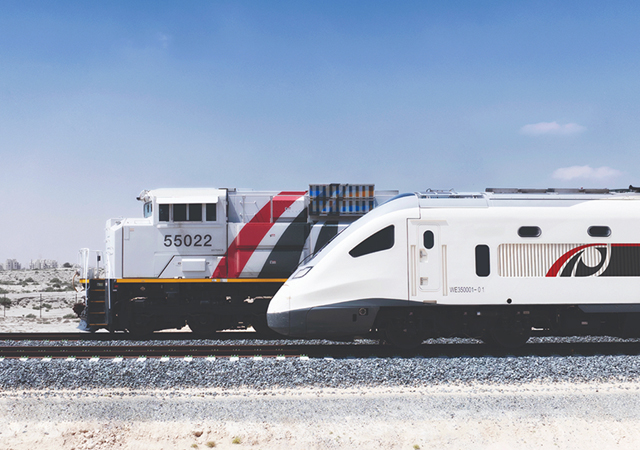
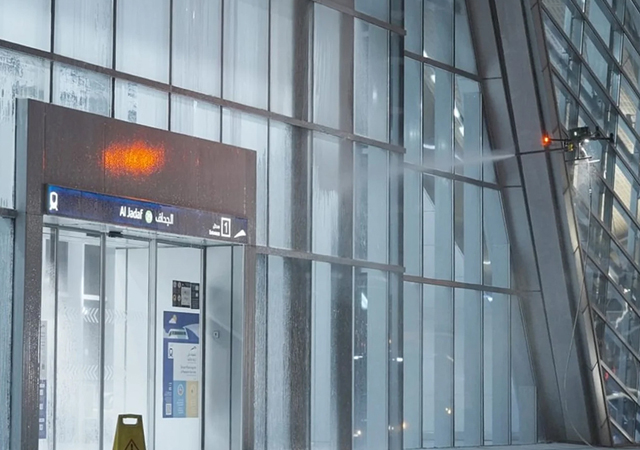
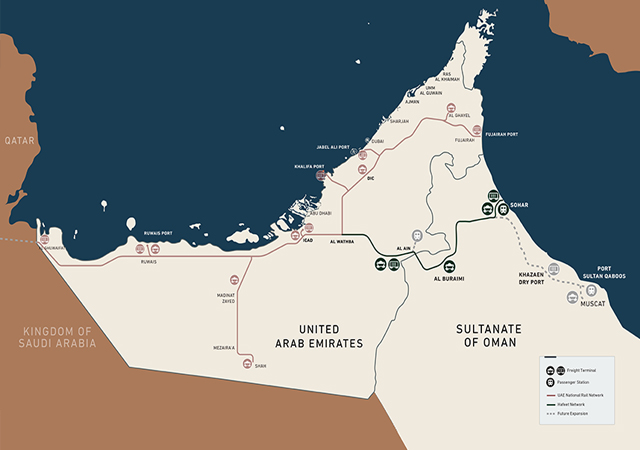
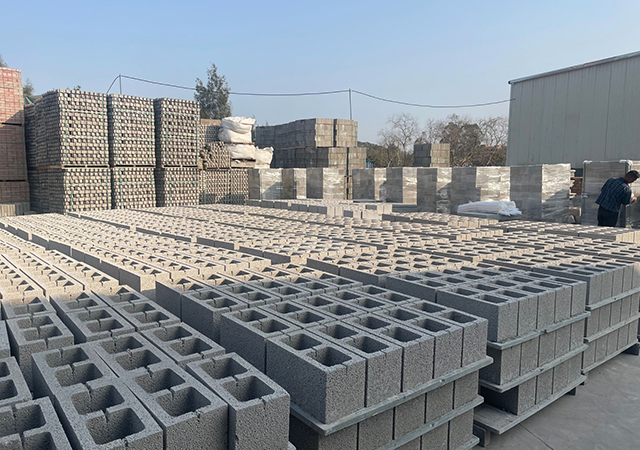

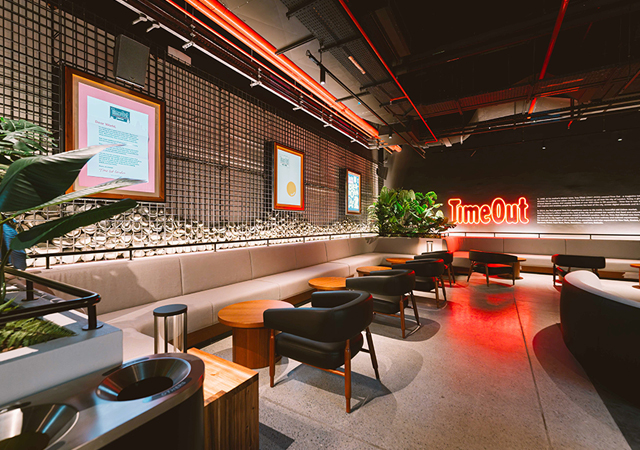
.jpg)
.jpg)
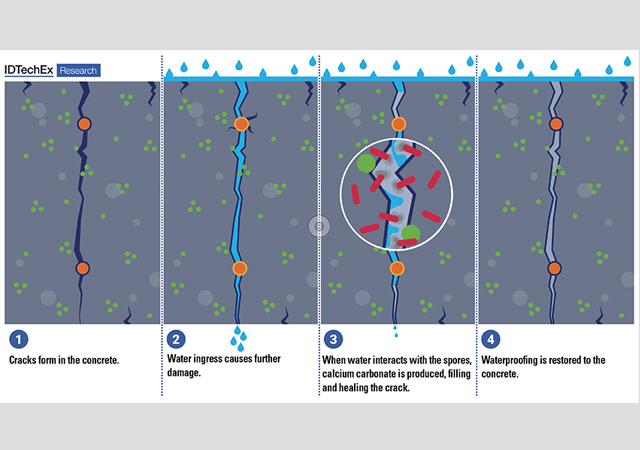
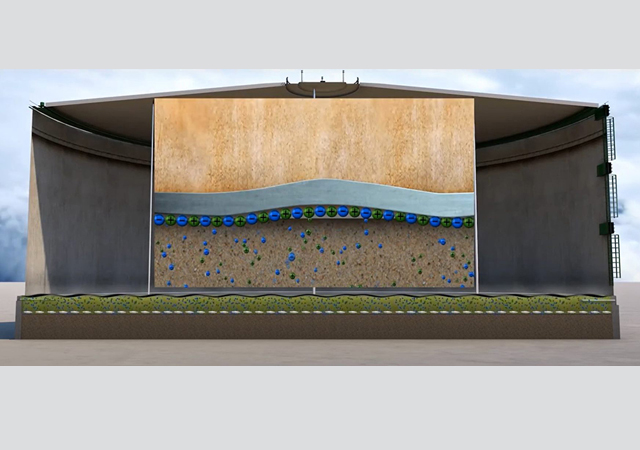
.jpg)
.jpg)
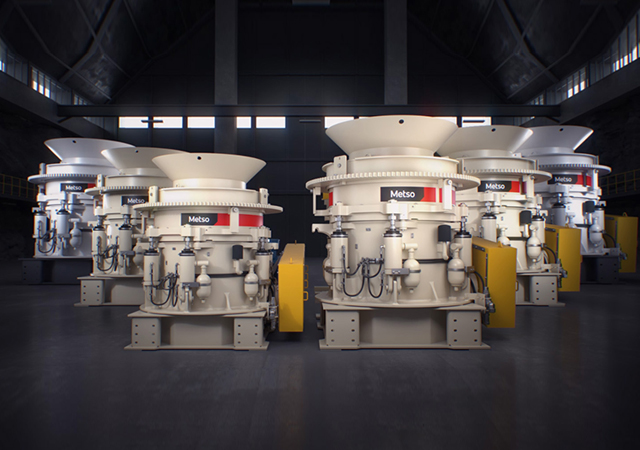

.jpg)

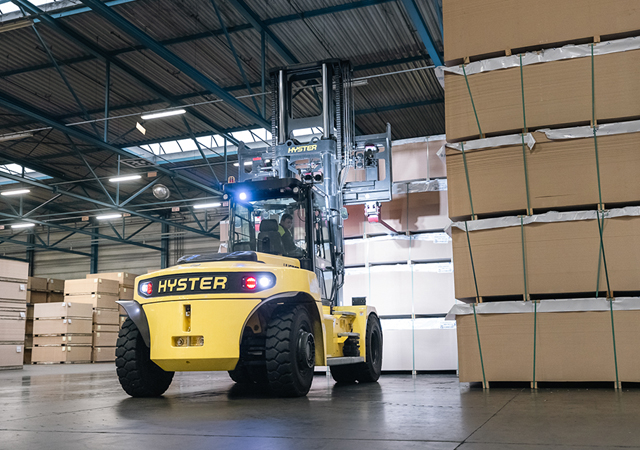
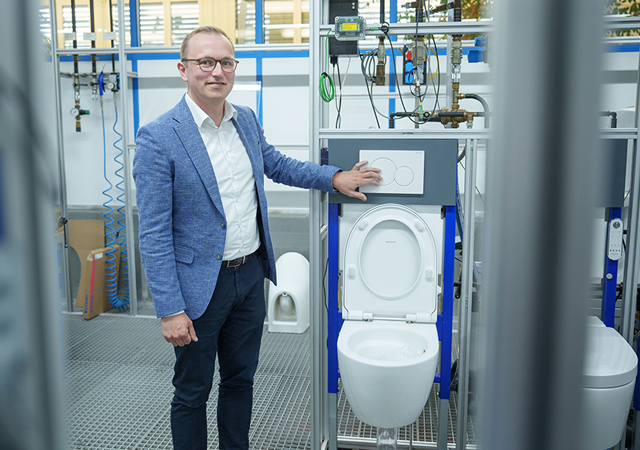

 Doka.jpg)
